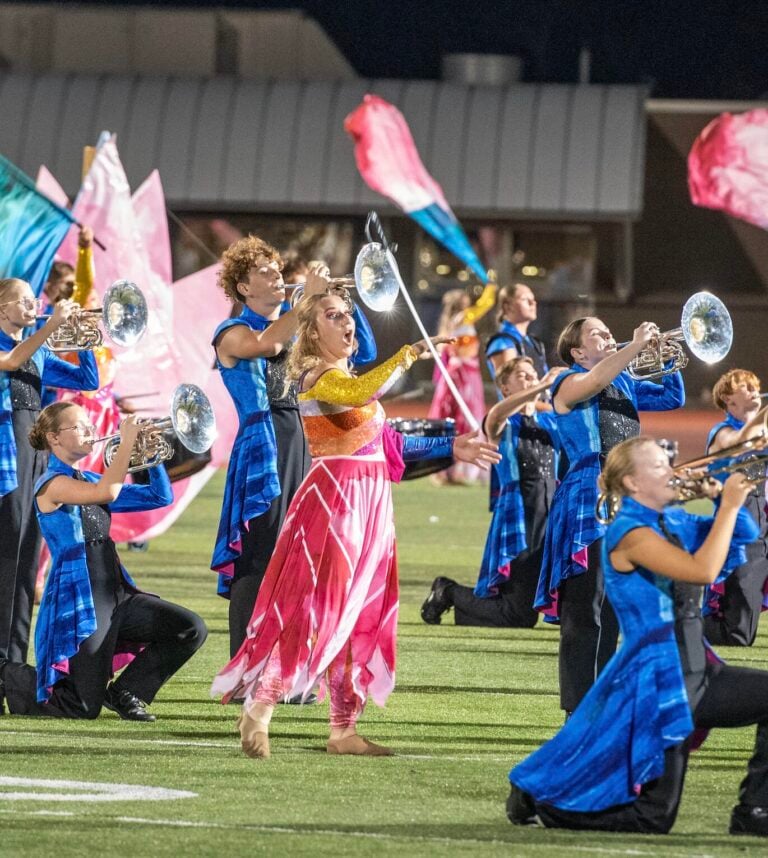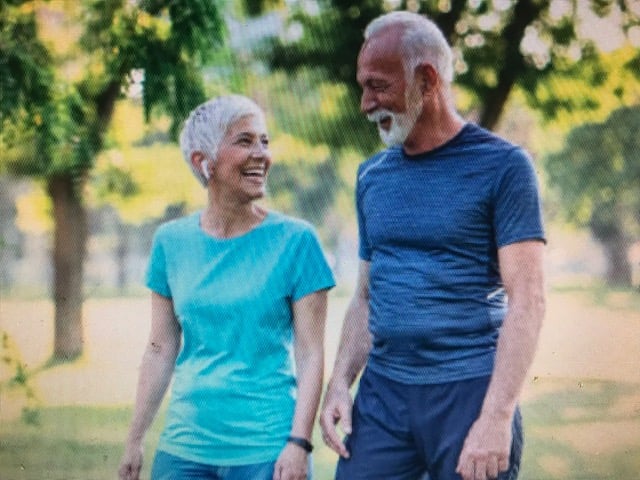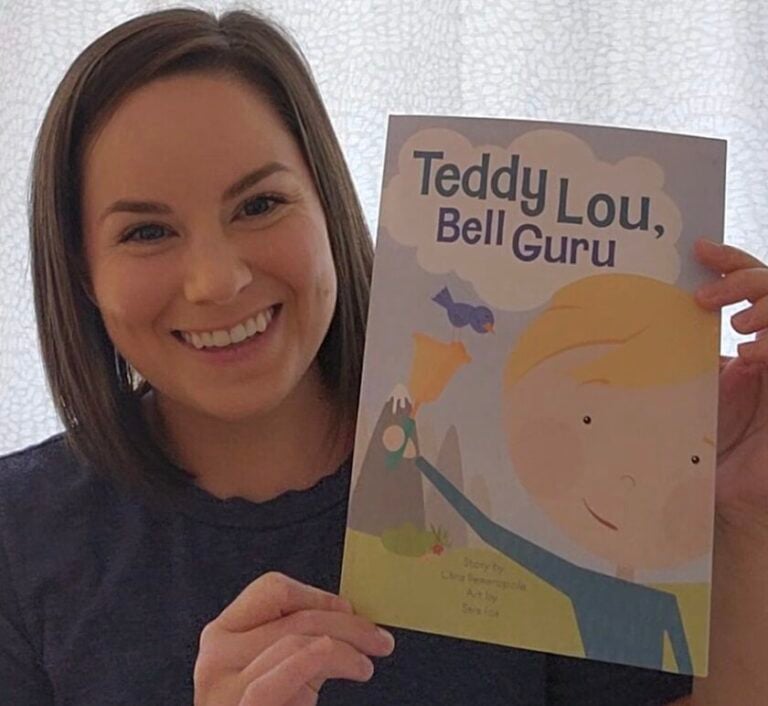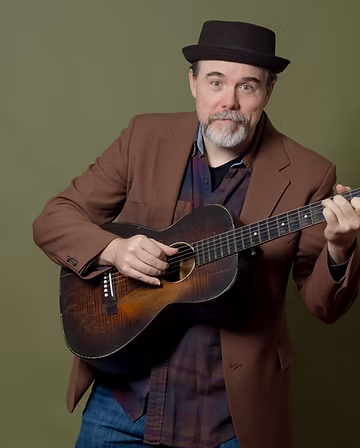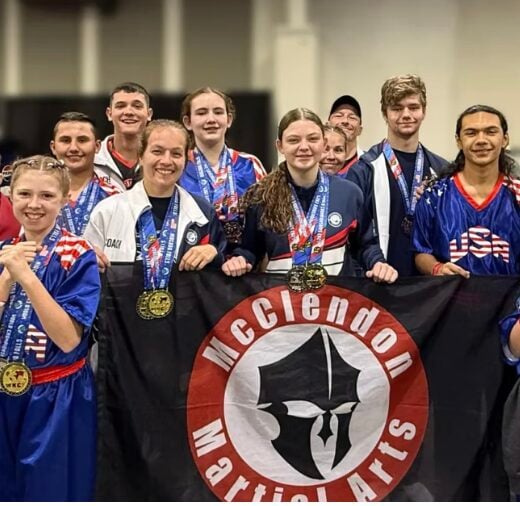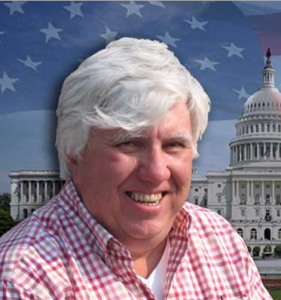Over 57 million people live in an under-sourced or underprivileged area. We have all heard the words underserved and underprivileged. Underserved refers to an under-sourced person, group, or population that doesn’t have essential services, such as access to healthcare. Underprivileged refers to a specific person, group, or population that is deprived of the opportunities and advantages of others, such as adequate medical insurance. Both lead to the absence of prevention screenings, advanced disease stages upon medical care, healthcare educational opportunities, and needed medications and treatments.
I work in healthcare, and I am always amazed at the stories I hear about medical workers going into the communities to serve. They bring the screenings and education out to them.
I am currently involved in a prevention project to provide these underserved populations with free pap smears and mammograms. We were encouraged to go to the communities and meet the members in their world. But why should we go to them? Many respond with “the residents in those communities do not trust healthcare” or “they do not have transportation.” Are these reasons to leave everything status quo? Are we doing everything we can to change that? I cannot answer that, but I can honestly say that “no” I am not doing everything I can to change that.
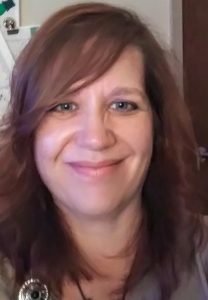
According to the National Cancer Institute (NCI) (2020), African Americans have higher death rates than all other racial/ethnic groups for many, although not all, cancer types. Despite having similar rates of breast cancer, African American women are more likely than white women to die of the disease. The incidence rates of colorectal, lung, and cervical cancers are much higher in rural Appalachia than in urban areas in the region. NCI cites the contributing factors include social determinants of health, behavior, biology, genetics, and health disparities. The health disparities factors include but are not limited to low income, literacy rates, travel, and lack of insurance.
Of course, many factors contribute to health disparities. We will not solve them overnight. But we can help reduce or cut some aspects for some underserved and underprivileged in our communities.
One way is to increase health equality. Instead of going into the communities, bring the community to you. As the famous saying in “Field of Dreams” goes, “If you build it, they will come.” My goal is to build a plan that starts conversations about bringing the community to healthcare. Build trust in the community to get patients to us.
I am blessed to work for a healthcare organization that is strong in its efforts to increase the health of our community. I have great leaders to look up to, many of whom are in the neighborhoods daily. I have been involved and seen incredible things that happen in the community. But we are missing an essential concept. We can only bring so much to the community. We are comfortable believing that those communities do not want to venture out. We are stuck in the status quo. We let the struggle with transportation and other disparities hold us back.
I once had the opportunity to visit Cleveland Clinic as a patient. After seeing the facility and meeting the staff, I felt very blessed. They were able to break down the walls to bring the community to the clinic. The healthcare workers and organization were terrific, but the community hotels gave Cleveland Clinic patients discounts. The clinic supplied a bus for transportation if needed. They have built that trust and plan to bring in the community.
At that time, I also had disparities. I could not afford an over half a million-dollar surgery, expensive hotels for my family to stay in and be close to me, an 11-day recovery, and a 4-hour drive home had it not been for the 50% discount that the clinic provided. The experience and knowledge that this organization did everything they could to get me there was something that changed my life and drove me to give back.
Understand that this is not an easy goal. As the healthcare system, we will need to find ways to transport participants to the facilities. A few options are grants, foundations, renting vans, or asking the organization to use local transport buses. We could set up health fairs in the facilities so a one-day event can provide as many preventative measures as possible. Bringing in community members, healthcare providers, resources, activities for children are a few must-haves. This is a lofty goal, but starting those conversations within your organization, researching programs, setting up committees, and understanding the needs in your community will be a start to a bright future and a decrease in disparities.
Let us step out of our comfort zone. Let us open our minds to changing the lives of the underserved and underprivileged. Bringing these populations into our organizations will allow them to meet with financial counselors to ensure they get all the help they can get. Bringing the underserved and underprivileged into the healthcare system will enable them to obtain established care. They can meet with our social workers and nutritionists and be introduced to available programs.
We can provide them with the latest testing options such as genetic testing, colonoscopies, mammograms, low dose lung screenings, pap smears, etc. Yes, we should still go into the communities to meet and educate. But building a partnership where underserved and underprivileged populations trust big healthcare organizations is a win.
Letting them know that we are here to prevent illness, and our goal is to give them the resources they need will be a start to seeing disparities change. Increasing prevention will be a start to seeing cancer rates decrease. We need to change the status quo “that it is what it is” to “welcome, and we want you to enjoy and take advantage of the resources we provide.”
Shayna Hamilton is Northern Kentucky nurse, who has worked in healthcare since 2004. She been married for 31 years and has a son. She has a passion for improving the health of those around her and being part of an overall vision of making Northern Kentucky the healthiest community in America.












